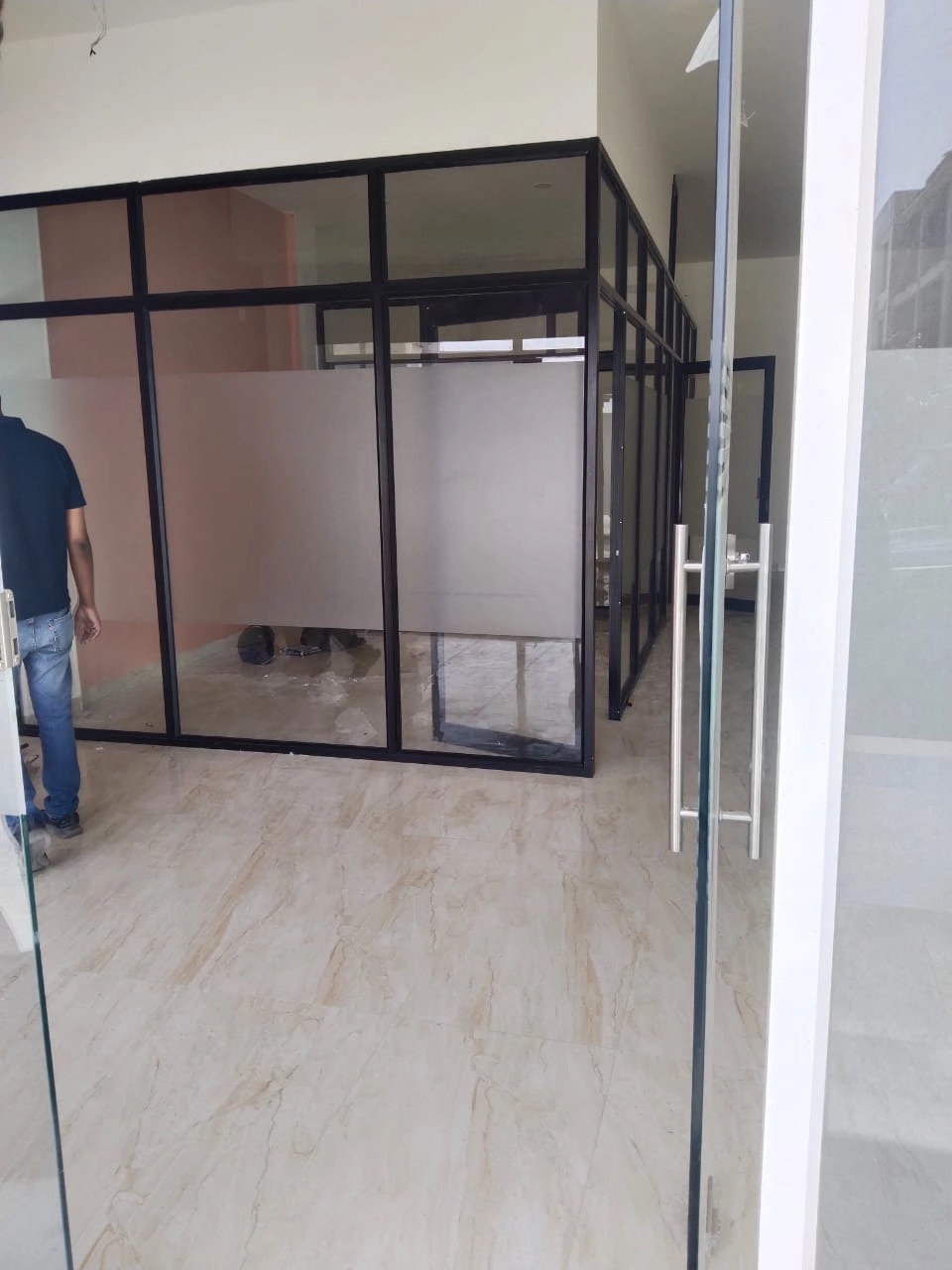Aluminium Fabrication in Chandigarh

Commercial Buildings: Enhancing Design and Durability with Aluminium Fabrication
Table of Contents
- Introduction
- Importance of Aluminium in Commercial Building Design
- Lightweight Durability
- Modern Aesthetics
- Energy Efficiency
- Applications of Aluminium in Commercial Buildings
- Facades and Cladding
- Roofing Systems
- Windows and Doors
- Interior Design Elements
- Advantages of Aluminium Fabrication for Commercial Projects
- Versatility
- Sustainability
- Cost-Effectiveness
- Challenges in Aluminium Fabrication for Commercial Buildings
- Why Choose Aluminium Fabrication in Chandigarh?
- Conclusion
- FAQs
Introduction
Aluminium has become a cornerstone in the design and construction of modern commercial buildings. Its lightweight, durable, and highly adaptable properties make it an ideal material for creating innovative structures. If you are looking for reliable Aluminium Fabrication in Chandigarh, understanding its role in commercial projects can help you achieve superior outcomes in design and functionality.
Importance of Aluminium in Commercial Building Design
1. Lightweight Durability
Aluminium offers a high strength-to-weight ratio, making it perfect for supporting large-scale structures without adding excessive weight.
2. Modern Aesthetics
Architects use aluminium to achieve sleek, contemporary designs that enhance the appeal of commercial spaces.
3. Energy Efficiency
Aluminium improves insulation and reduces energy costs by reflecting sunlight and heat, maintaining optimal indoor temperatures.
Applications of Aluminium in Commercial Buildings
1. Facades and Cladding
Aluminium facades and cladding provide a striking appearance while protecting buildings from environmental factors like rain and wind.
2. Roofing Systems
Lightweight aluminium roofing systems are durable and easy to install, offering long-term weather resistance.
3. Windows and Doors
Aluminium’s strength allows for slim-profile windows and doors, maximizing natural light and aesthetic appeal.
4. Interior Design Elements
Aluminium is widely used for partitions, decorative panels, and ceiling systems in commercial spaces.
Advantages of Aluminium Fabrication for Commercial Projects
1. Versatility
Aluminium can be molded, shaped, and finished in countless ways, enabling unique architectural designs.
2. Sustainability
Aluminium is 100% recyclable, making it a sustainable choice for environmentally conscious construction projects.
3. Cost-Effectiveness
Its durability and low maintenance requirements reduce long-term costs, offering excellent value for commercial projects.
Challenges in Aluminium Fabrication for Commercial Buildings
- Thermal Expansion: Aluminium’s expansion rate requires careful design to prevent structural issues.
- Surface Treatment: Achieving a flawless finish may demand specialized coating and polishing techniques.
- Cost Considerations: Although aluminium offers many advantages, its initial costs can be higher than alternative materials.
Why Choose Aluminium Fabrication in Chandigarh?
Chandigarh is a hub for expert aluminium fabricators equipped with modern tools and technologies. They provide customized solutions for commercial buildings, ensuring both functional and aesthetic excellence. Choosing Aluminium Fabrication in Chandigarh guarantees professional results that meet your unique project requirements.
Conclusion
Aluminium fabrication has transformed the construction of commercial buildings, offering unmatched versatility, durability, and design potential. Whether used for facades, roofing, or interiors, aluminium elevates the quality and appeal of commercial projects. Collaborating with the Best Aluminium Fabrication in Chandigarh ensures innovative solutions tailored to your needs, combining sustainability with exceptional craftsmanship.
FAQs
1. Why is aluminium preferred for commercial building projects?
Aluminium is lightweight, durable, and versatile, making it ideal for creating modern, efficient structures.
2. Can aluminium withstand extreme weather conditions?
Yes, aluminium’s corrosion resistance and durability ensure its performance in various environmental conditions.
3. How does aluminium contribute to energy-efficient buildings?
Aluminium reflects sunlight and heat, reducing energy consumption for cooling and heating systems.
4. What interior applications can benefit from aluminium?
Aluminium is used for partitions, decorative panels, ceilings, and furniture in commercial interiors.
5. How does aluminium support sustainable construction?
Aluminium is recyclable and eco-friendly, reducing the environmental footprint of commercial building projects.
6. What types of finishes are used for aluminium in commercial buildings?
Anodizing, powder coating, and painting are common finishes that enhance durability and aesthetics.
7. Is aluminium suitable for large-scale structures like skyscrapers?
Yes, aluminium’s strength-to-weight ratio and flexibility make it ideal for high-rise buildings.
8. How can I ensure quality aluminium fabrication for my project?
Collaborate with experienced professionals offering services like those from Aluminium Fabrication in Chandigarh to ensure superior results.
- Questions and Answers
- Opinion
- Motivational and Inspiring Story
- Technology
- Live and Let live
- Focus
- Geopolitics
- Military-Arms/Equipment
- Güvenlik
- Economy/Economic
- Beasts of Nations
- Machine Tools-The “Mother Industry”
- Art
- Causes
- Crafts
- Dance
- Drinks
- Film/Movie
- Fitness
- Food
- Oyunlar
- Gardening
- Health
- Home
- Literature
- Music
- Networking
- Other
- Party
- Religion
- Shopping
- Sports
- Theater
- Health and Wellness
- News
- Culture

